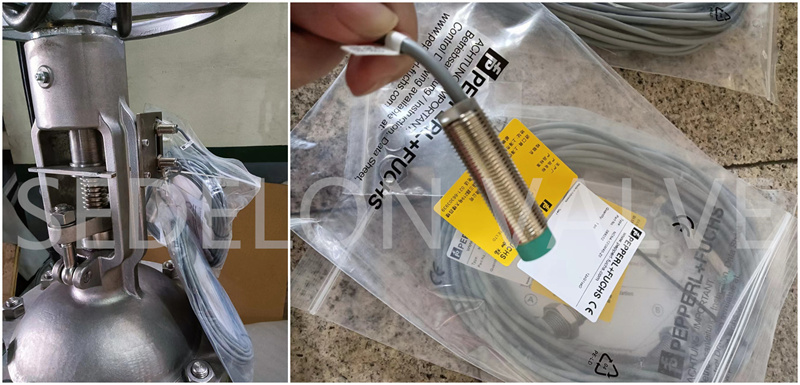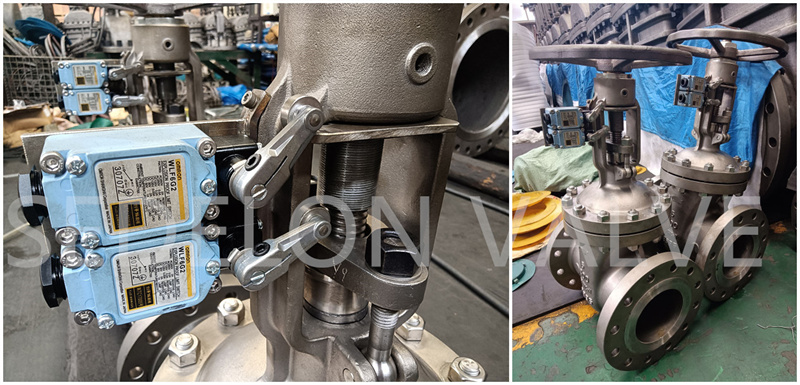Difference Between Limit Switches and Proximity Switches
(Industrial sensors installed on SEDELON valves)
Limit switch is a mechanical device that is used to detect the presence or absence of an object within a certain range of motion. It is typically used to control the movement of machinery or equipment by stopping or starting the motion when the object reaches a certain point.
Proximity switch is an electronic device that uses magnetic, optical, or capacitive sensors to detect the presence or absence of an object without physical contact. It is typically used in automated systems to detect the position of objects, such as in assembly lines or conveyor belts.
The main difference between a limit switch and a proximity switch is that a limit switch is a mechanical device that uses physical contact to detect the presence or absence of an object, while a proximity switch is an electronic device that uses sensors to detect the presence or absence of an object without physical contact.



 Tel: +86-577-67926789 / +86-577-67927781
Tel: +86-577-67926789 / +86-577-67927781 E-mail:
E-mail: 








